Alibaba has announced the open-sourcing of four advanced AI models from its Wan2.1 series, the latest iteration of its foundational artificial intelligence technology capable of generating high-quality images and videos from textual and image-based prompts. This move intensifies global competition in AI video generation, positioning Alibaba as a significant player against proprietary AI developers such as OpenAI.
The Significance of Open-Source AI
Unlike proprietary models developed by companies like OpenAI, open-source AI models allow unrestricted access for researchers, developers, and enterprises to download, modify, and integrate these models into their own applications. Open-sourcing AI technology can accelerate innovation by enabling a global community of developers to refine and optimize the models, enhancing their efficiency, adaptability, and real-world applications.
The decision to open-source the Wan2.1 models aligns with a broader trend in the AI industry, particularly among Chinese firms, to make AI technology more accessible. Open-source AI has gained significant traction since DeepSeek, another Chinese AI company, made headlines in January by developing an advanced AI model at a fraction of the cost of leading competitors, using less-advanced Nvidia chips. This demonstrated that high-performing AI models could be trained more efficiently, challenging the dominance of heavily resourced proprietary models.
Technical Capabilities of Wan2.1 Models
The Wan2.1 series represents a significant advancement in Alibaba’s AI research and development. These models leverage a combination of transformer-based architectures and diffusion models, similar to those employed in state-of-the-art image and video generation frameworks. By utilizing large-scale datasets and optimizing through reinforcement learning and self-supervised training, Wan2.1 enhances the realism and coherence of generated media, improving frame interpolation, motion continuity, and scene consistency in video outputs.
Alibaba has made these models accessible through Alibaba Cloud’s ModelScope platform and Hugging Face, one of the most widely used repositories for AI models and machine learning tools. This distribution ensures that AI researchers, startups, and enterprises worldwide can leverage Alibaba’s generative AI capabilities for applications ranging from entertainment and advertising to education and digital content creation.
Market Impact and Competitive Landscape
Alibaba’s decision to release its video generation AI as open-source software underscores a growing debate about whether AI models will become commoditized. OpenAI, Google DeepMind, and Anthropic continue to develop proprietary AI models, often monetized through API-based services. However, by open-sourcing AI, companies like Alibaba and Meta (with its LLaMA models) are fostering a more decentralized AI ecosystem where innovation is driven by a broader user base rather than a handful of corporations.
Chinese tech firms have been particularly aggressive in advancing open-source AI strategies. Alibaba initially published its first open-source model in August 2023, and since then, both its own offerings and DeepSeek’s models have become some of the most widely used globally. This trend is particularly relevant as China seeks to reduce dependency on Western AI technologies and establish itself as a global AI powerhouse.
Financial and Strategic Implications for Alibaba
Alibaba’s commitment to AI and open-source technology has been reflected in its market performance. The company’s Hong Kong-listed shares have surged 66% in 2025, driven by strong financial results, its positioning as a leading AI innovator in China, and recent signals from Chinese President Xi Jinping that the domestic private sector will receive further government support.
Beyond financial gains, Alibaba’s open-source strategy serves multiple strategic purposes:
- Innovation Acceleration: Open access to AI models fosters collaboration, leading to rapid enhancements and novel applications.
- Ecosystem Expansion: By enabling a global developer community to build on its AI models, Alibaba strengthens its influence in AI-driven industries.
- Regulatory Navigation: In an era of heightened scrutiny on AI ethics and governance, open-sourcing models can demonstrate transparency and commitment to responsible AI development.
Conclusion
Alibaba’s decision to open-source its Wan2.1 video generation models is a landmark move in the AI industry. By making cutting-edge generative AI technology freely available, the company is not only advancing AI research but also positioning itself as a leader in the evolving global AI landscape. As competition between proprietary and open-source AI continues, the industry is likely to see further innovation, cost efficiencies, and an expanded range of AI-driven applications worldwide.







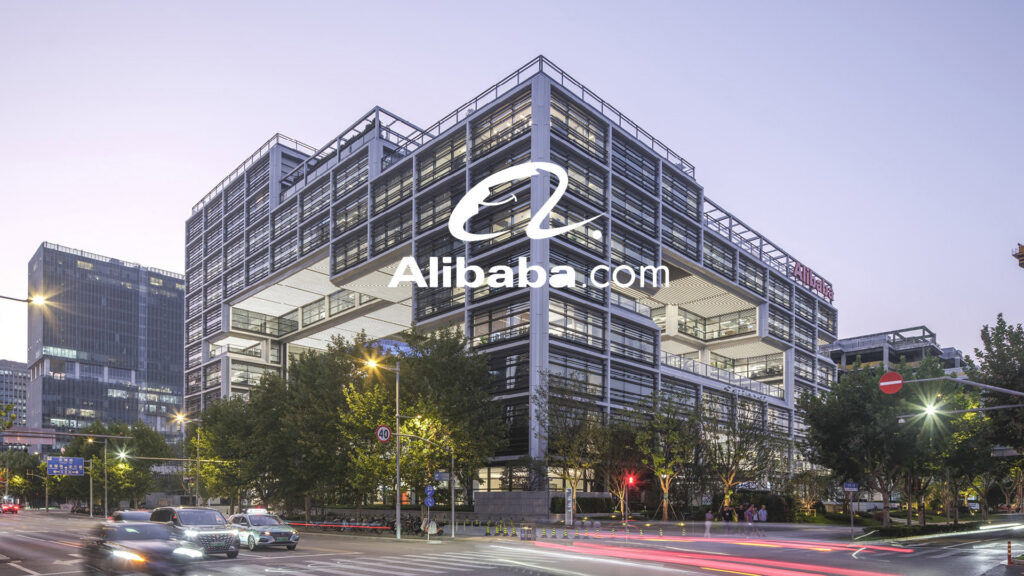






















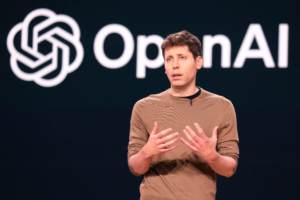


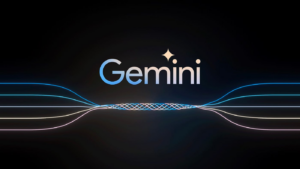






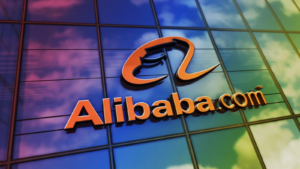

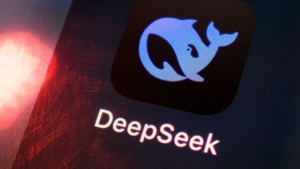
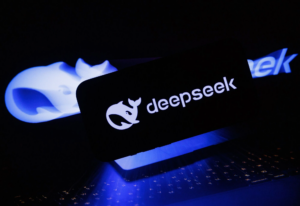











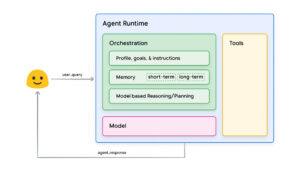



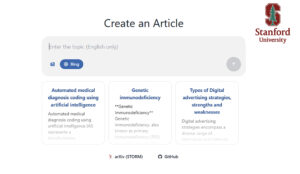


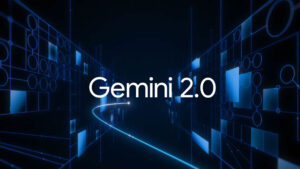

















































Validate your login
Sign In
Create New Account